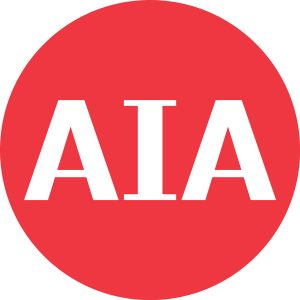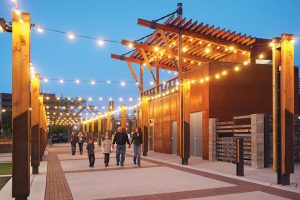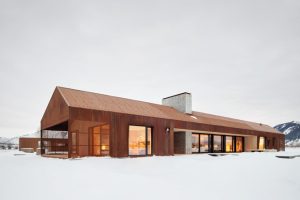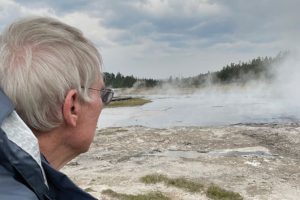Committee Members:
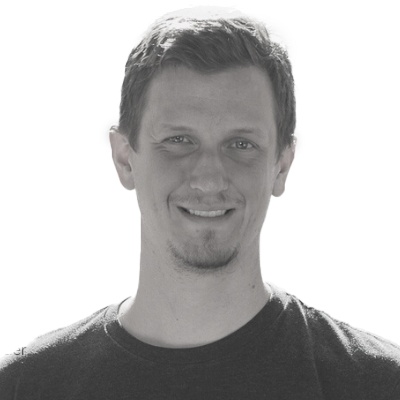
Patrick Chopson, AIA
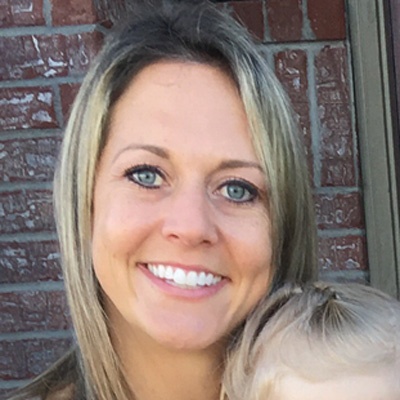
Lindsey Wesolowski
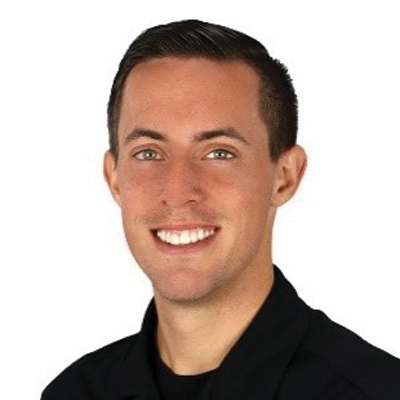
Dave Marks
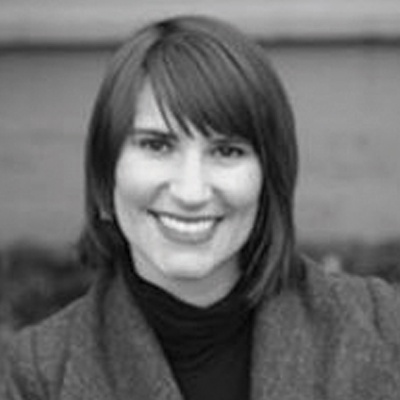
Tysen Gannon
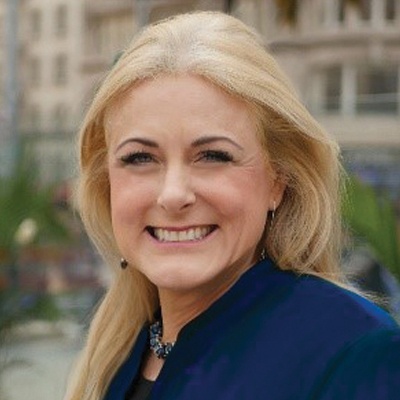
Mary Kelly
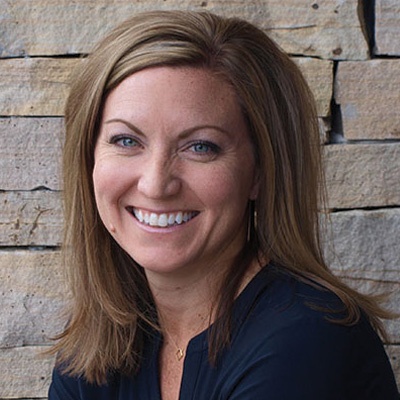
Amber Sorg
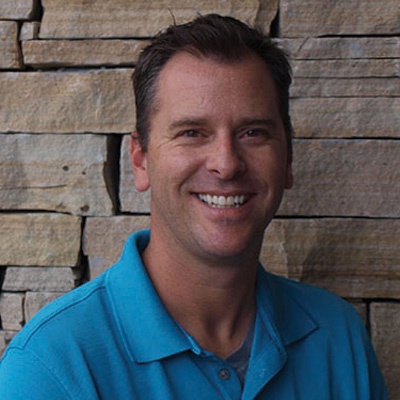
Matt Conklin
At the beginning of the year, no one would know the progress of COVID-19 or where our members would stand on how comfortable they would be in an in-person environment. Before any planning began for the regular Spring Conference, the board of directors decided to hold spring activities virtually. AIA Wyoming merged the ideas from the regular National Architecture Week activities with our regular Spring Conference, while keeping in mind some new ideas from the Non-dues Revenue Task Force. The outcome was a three-day virtual event for members to receive their continuing education credits during April 14-16, 2021, for a total of 10.0 AIA/CES LU/HSW credits. AIA National Architecture Week focuses attention on the role architects play as a force for positive change. AIA Wyoming is embracing this change with a number of virtual sessions for our members to unite in fellowship. The efforts of the AIA community will culminate in a few days of continuing education that is the result of our AIA Wyoming membership to include architects, associates, and sponsors.

Day one of the event included a session by Green Building Initiative with Megan Baker, Micah Thomas and Dr. Mark Russell sponsored by Arete Design Group. This presentation outlined how LCCA paths parallel with Green Globes certification and federal requirements and demonstrates the economic and environmental value to performing LCCAs. Attendees understood how Green Globes promotes product selection based upon multiple attributes and provides design professionals with a more comprehensive view of a product’s environmental impact.
In partnership, Adam Acree, Alex Nodich and Andy Remstad of Woolpert (Jviation), and Chet Lockard, AIA led a live tour of the new Laramie regional airport terminal. The presentation and tour took a look at the past facility, built in 1960, and examined its deficiencies for modern air travel, current building codes, etc. The tour explored the newly opened terminal, showing the expansion of public spaces, including passenger seating, restrooms, food service, etc., plus better spaces for TSA security, commercial airline spaces, modern baggage handling equipment, traveler circulation paths, the environmental issues, and more. The last portion described accommodations for future growth.
Day Two began with Designing for Room Acoustics and Noise Control: Principles and Myths by Amber Sorg and Matt Conklin from Acoustical Elements, one of our Annual Sponsors. Jointly, they provided an overview of room acoustics and noise control theory and design methodology. A special emphasis was placed on performance-oriented designs. Strategies for different project types were presented.
The Science Initiative Building will house the Center for Advanced Scientific Imaging (CASI), organismal research laboratories, BSL-2 laboratory support, an interactive advanced learning center, computational laboratories and research greenhouse, along with associated support spaces. The project includes shell space for future expansion of research laboratories and the Student Collaborative Research, Outreach, & Learning Laboratory (SCROLL).
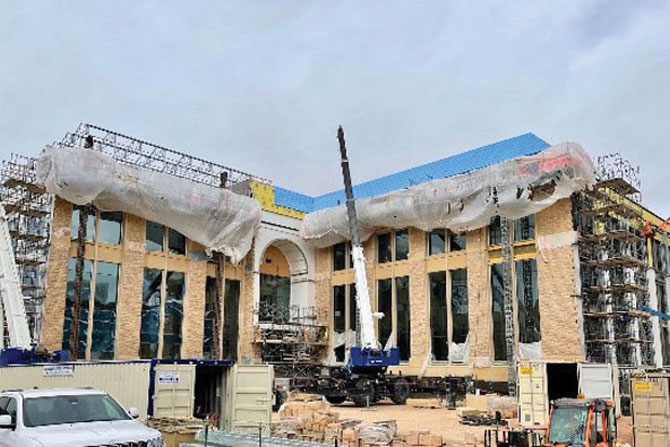

This 168,000-square-foot, five-story project is Phase One of two phases that will provide state-of-the-art facilities to support innovation and research in advanced scientific imaging and integrative biology, as well as roof-top greenhouse facilities. This session was presented by Tim Schenk, AIA, and it provided an overview of the modern research laboratories and collaboration spaces for faculty-led research teams conducting new and convergent studies in strategic areas of biological and life sciences.
Patrick Chopson, AIA with Cove.tool, ended the day with a session Leveraging New Technologies for Energy Efficient Designs, intended to educate participants about how you can use data and parametric optimization to design smarter with easy, accurate models in one-tenth of the time. Using automation for tedious tasks cuts time and cost. Participants saw how to generate beautiful analysis graphics and acknowledged everything about the project’s sustainability goals, to harness the custom results to meet your code, LEED and 2030 targets for all sizes of projects. This session showcased a holistic methodology using case studies so architects can integrate the workflows in their design process.
Friday was the final day and a full day at that. Lindsey Wesolowski with Marshall-Rodeno Associated and Sloan provided and sponsored the session Importance of Improving Hygiene. The session examined that when specifying commercial restroom fixtures, whether in new construction or renovations, project teams can be equipped to achieve goals regarding aesthetic design and improved hygiene. Incorporating these features into commercial restrooms is more important now more than ever before.
Following Lindsey’s session was Dave Marks with Stego Industries on Protecting the First Side of the Building.
This session provided an in-depth look at below-slab moisture, soil gases, brownfields and contaminated sites, and other concerns and how to effectively mitigate with barrier solutions on various project sites and differing foundation designs. The program examined building material failures, property loss, negative health effects, and the liability associated with the moisture vapor and soil gases. Some key topics included the proper use, location, performance, and effective installation of below-slab vapor barrier systems. Moreover, the program updated attendees on the current standards and recommendations from ASTM, ACI, EPA, and industry experts, both from a design rationale and real-world/in-field perspective.
Our very own Joseph Palmer, AIA, presented and sponsored the next session titled Harnessing Modern Technology for Façade Design. A project’s vision is its overarching goal. We develop the goal with the client at the beginning of the life of the project and continue referring to it as the project develops. This presentation will break down the evolution of design and how we utilize modern technology to hone the client’s vision as a project’s reality sets. Focusing on an identifiable design element from the Casper YMCA Phase 1 Renovation and Expansion Project, we delved into the details of achieving high-performance/thermal efficient design solutions.
In the absence of Scott Reyes from Allegion, one of our annual sponsors, Tysen Gannon, a co-worker, presented on Safe, Stylish and Accessible: Solving Design Challenges with Sliding Doors. The session discussed how once-basic interior sliding doors systems have evolved into a sophisticated solution for a range of commercial spaces with their ability to attenuate sound, improve wayfinding, comply with ADA requirements and defend against fire. It explored new acoustic perimeter door-sealing methods, accessibility operating systems and fire-protective offerings. Additionally, it addressed how to solve common wayfinding, privacy and clearance challenges in commercial spaces without compromising aesthetics.
The final session of the event was a presentation by Mary Kelly with Productive Leaders. Mary has provided a few sessions to AIA Wyoming on leadership, success, growth, strategic planning and more. Her session was titled 6-5-7 P.I.V.O.T. To successfully lead people through and out of a crisis, first, we have to understand the six stages of the crisis. Based on her Navy experiences during the first and second Gulf Wars and 9/11, Commander Kelly articulated the reactions of people in various stages of crisis, challenge, or change. As effective leaders, we have to be able to help our people P.I.V.O.T. through the crisis by renewing their sense of purpose, influencing and inspiring others to take the right action, assessing the volatility levels, seeing the opportunities, and providing the right tools, techniques, and technology that allow people to succeed. Then, we can apply Mary’s seven leadership reminders – using the acronym C.L.A.M.P.E.R. – so we provide the correct response to the right people at the right time to achieve the proper outcomes.
We thank our participating partners and sponsors in this event: Acoustical Elements, Allegion, Arete Design Group, Cove.tool, Green Building Initiative, GE Johnson Construction, Marshall-Rodeno Associated, MOA Architecture, Productive Leaders, Stego Industries, and Woolpert (Jviation). We thank Britney Sulzen, Assoc. AIA, for facilitating Zoom, and our Chapter President, Lewis Matthew Miller, AIA and our President-elect, Dale Buckingham, AIA, for emceeing the event.





